
Technical consultation:
sales@drymixer.com

- 1. High Uniformity
- 2. Short mixing time,High Efficiency
- 3. 80% loading rate
- 4. Time saving,Energy saving,Space saving,Money saving.
- 5 Small damage to the original appearance of powders.
- 6. Solve the problem of ultra-fine powder mixing.
- 7. Solve the problem of light-heavy powder mixing.
- 8. Effectively solve the problem of uniform mixing diffuculty of trace elements

- 1. The important factor influenci
- 2. Particle size - an important
- 3. Powder fluidity is a double-edged sword
- 4. Pretreatment of powder mixture
- 5. Powder mixing principle introduce
- 6. Traditional powder mixers' adv
- 7. Selection of blending equipment
- 8. The basis of the uniform blending of powder
- 9. How to find the cause of mixing bad uniformity
- 10. Super light powder mixing precautions
- 11. Super fine powder mixing precautions
- 12. How to mix bad liquidity powder?
- 13. How to mix trace elements
- 14. A solution for powder's good
- 15. How does the dummy particles

Powder Mixing Overviewinput time:2017-06-28 hits:43
Powder Mixing Overview - This is a scientific real-time operation, the purpose is to mix different types of powder evenly.
First, the broad-spectrum physical properties of powder
At present,food, chemical, metal powder regardless of the chemical composition,the physical appearances have the following important indicators.
1, The specific gravity of powder and its impact on the mixing
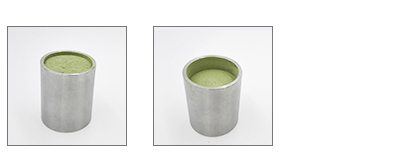
The specific gravity of powder is usually represented as loose specific gravity and vibrated specific gravity.Usually, the specific gravity of the powder is between 0.2g/cm3 and 2.0g/cm3. It is relatively easy to mix such powders with other powders,otherwise it is relatively difficult to mix powders of which the specific gravity is below 0.5g/cm3 or above 2.0g/cm3 with other powders. This is because too light powder floats easily, too heavy powder tends to sink to the bottom, causing difficulties for mixing.
For example, the left picture shows the loose specific gravity of the resin powder is 0.4 g / cm 3. The right picture shows that the vibrated specific gravity of the resin powder is 0.48 g / cm 3. This shows that some powders’ density varies a lot.
2,Fluidity of powder and its impact on the mixing
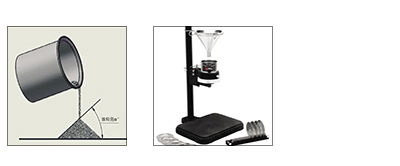
The fluidity of powder can be expressed in heaps of powder (Left picture above) or it can be measured using a standard flow tester (right picture above). Bad liquidity powder(pile angle bigger than 40 °) because of the powder surface friction is difficult to mix.But there are advantages,once mixed,it is not easy to appear secondary segregation, stratification.Good fluidity powder (heap angle less than 30 °),because the powder is smooth,it is easy to achieve uniform mixing, short mixing time and high efficiency. The disadvantages of the powder with good fluidity is that there will be new segregation and stratification during transportation.
3, The particle size and its impact on the mixing
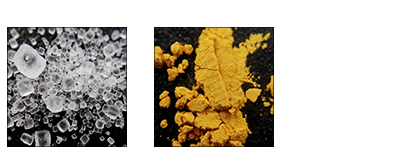
The particle size is usually expressed by the mesh number, and the particle size suitable for mixing is 50 mesh to 300 mesh.Large powder less than 50 mesh is difficult to be mixed into the main powder, often in the bottom. Small powder more than 300 mesh is so small that it will float above the main powder.
For example, the left picture above is a 20-mesh crystal salt particle,which is easy to remain in the bottom of the container during the mixing process. The right picture above is 2000-mesh pigment powder, which floats above the main powder during the mixing process.
4,Homogeneous mixing
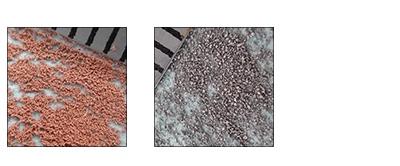
The homogenization is that the density, particle size, fluidity of the several powders prepared to be mixed are basically close , this is the ideal mixing condition.
The left picture above shows the 800-mesh atomized copper powder, the specific gravity is 4.0g/cm3,the right picture abovbe shows the 650-mesh reduced iron powder, the specific gravity is 3.8g/cm3.The difference between the two powders is small,so it is homogeneous mixing. It is quite easy to mix the two powders.
5, Differentiation mixing
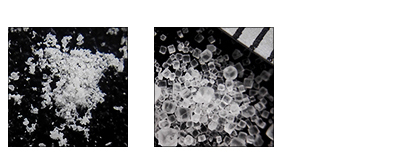
Differentiation mixing is common, that is the density, particle size, fluidity of the several powders prepared to be mixed are different,thus causing many mixing problems.Such as light and heavy powder is not easy to mix,ultrafine powder is not easy to mix,bad liquidity powder is not easy to mix and segregation of good liquidity powder.
The left picture above is the 800-mesh flour,the right picture above is the 20-mesh salt granules. Difference of particle size of both powders is big,it belongs to differentiation mixing,so it is difficult to mix the two powders evenly.
In general, whether the powders are easy or difficult to mix evenly is related to the above several physical characteristics.
Second,the steps of powder mixing
1, To confirm the formula and each powder
2, To test and analyze the physical properties of the powders
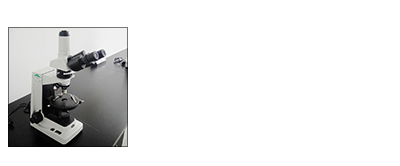
To register the physical indicators of the powders,analyze the differences between the various powders,if the difference is small,the powders can be mixer directly, otherwise the powders will need pre-treatment.
3, Pre-treatment before mixing
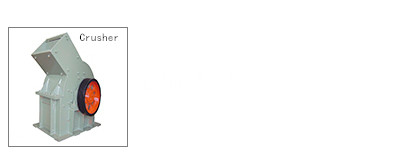
The purpose of pre-treatment is to make the difference between the various powders smaller, make them easier to mix evenly.
Common methods are:
a. Grind the big particle size powder when the difference of particle size is big.
b. Grind the heavy powder when the difference of specific gravity is big.
4, Use advanced mixing equipment

Choose suitable mixing equipment,make right mixing process,define the mixing batch size and mixing time.
5, The analysis after mixing
Accurate judgement of the uniformity after mixing is difficult.
Common detection methods are:
a. End product inspection method.
b. Microscopy.
c. Chemical sampling assay.






 DIASRIOUTION NETWORK
DIASRIOUTION NETWORK